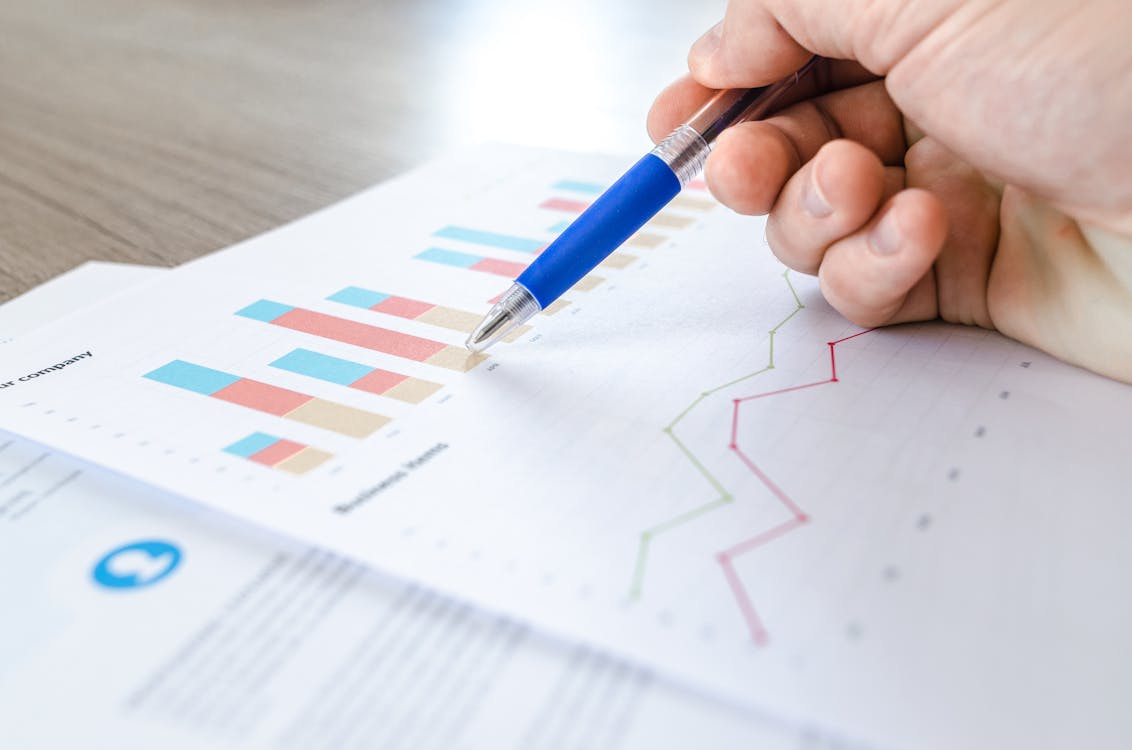Dutch Hospitality Outlook: Growth With Caution

Image Source: Pexels
The outlook for the Dutch hospitality industry is mixed. While improved purchasing power is expected to boost consumer spending, the sector’s recovery remains constrained by persistently low consumer confidence and rising on-trade prices. Hospitality prices are projected to increase by an average of 5% in 2025, which puts pressure on profit margins.
Moderate volume growth expected
The Dutch hospitality sector is forecast to see moderate volume growth of 1-1.5% in 2025 and 2026. This growth is supported by rising wages and easing inflation, which are expected to enhance consumer purchasing power. However, the pace of recovery in 2025 will likely remain subdued due to ongoing low consumer confidence and continued price increases in the hospitality industry. Last year, these same factors, compounded by poor spring weather, led to a slight contraction in hospitality visits by consumers.
Modest recovery for Dutch hospitality industry in 2025 and 2026
Volume growth in the Dutch hospitality industry, year-on-year

Source: CBS, *forecasts 2025 and 2026 ING Research
4% increase in overnight hotel stays
Despite a planned VAT increase from 9% to 21% in 2026, the outlook for the Dutch hotel industry remains positive. A 4% increase in overnight hotel stays is anticipated for 2025, mirroring last year’s growth. Dutch consumers are increasingly opting for domestic short breaks, and both domestic and international guests continue to show a willingness to pay higher prices.
The number of hotel stays is expected to keep rising, as the Netherlands becomes more attractive as a travel destination – thanks to its moderate climate, stable geopolitical environment and relatively high service standards.
Hospitality prices to rise by 5% in 2025
Hospitality prices are expected to rise by 5% this year, which is lower than in the past three years, but still above the national inflation rate. This increase is mainly driven by higher food and labour costs. However, not all businesses can fully pass these costs on to consumers, particularly restaurants and cafes. After all, if prices for meals or drinks rise too steeply, customers may stay away. As a result, some of the increased costs will erode profit margins, potentially leading to financial difficulties.
Hospitality prices expected to rise 5% in 2025
Consumer price index (cpi) for restaurants and hotels

Source: CBS, *forecasts 2025 ING Research
Restaurants and cafes hit hard
This financial strain is reflected in the rising number of bankruptcies. Between January and May 2025, 154 hospitality businesses went bankrupt, the highest number in years. Most of these were restaurants, snack bars and cafes. The number of bankruptcies is expected to remain high throughout 2025, driven by elevated inflation and limited growth.
In addition to bankruptcies, there has also been a rise in business closures, whether voluntary or not. In both the first quarters of 2024 and 2025, significantly more hospitality businesses closed their doors, particularly among restaurants, cafes and catering companies.
Persistent wave of bankruptcies hits Dutch hospitality
Number of bankruptcies in the Dutch hospitality industry, January to May

Source: CBS, ING Research
Adapting or exiting
In summary, the hospitality industry continues to face challenging market conditions. A notable trend is the growing divide between businesses. On one side are companies that successfully adapt to shifting market dynamics and consumer preferences through innovation. On the other are businesses that struggle to adapt, often due to the owner’s age, limited resources, or financial constraints. These are typically the businesses that face bankruptcy or choose to close.
More By This Author:
FX Daily: Tariff Spillover Remains Local
Bank Of Korea Halts Rate Cuts Amid Worries Over Rising House Prices
Trump’s 50% Tariff Unlikely To Boost U.S. Copper Production
Disclaimer: This publication has been prepared by the Economic and Financial Analysis Division of ING Bank N.V. (“ING”) solely for information purposes without regard to any ...
more


